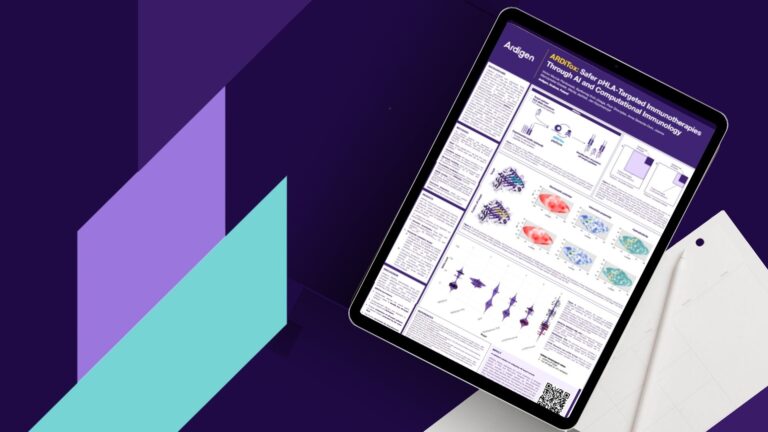Artificial Intelligence boosts Mode of Action and bioactivity prediction through the integration of Cell Painting images and small molecule structures
About the poster
Advancements in Artificial Intelligence have opened new paths for leveraging the potential of computational screening methods on an unprecedented scale. Vast datasets of High-Content Screening (HCS) images can now be used to train AI models and apply them to effectively support the drug discovery process — increasing both speed and probability of success. As screening campaigns grow larger, understanding how to make the best use of these datasets becomes increasingly crucial.
In our experiments, we demonstrate the ability to predict the Mode of Action (MoA) and biological activity of small molecules using Cell Painting, an HCS assay that visualizes cell phenotypes in a target-agnostic manner. We further explore the integration of phenotypic features extracted from images with chemical structure encodings — an approach that improves MoA prediction accuracy. Our setup compares human-defined features with AI-derived representations, the latter being significantly more cost- and time-efficient to extract.
We benchmarked the method on a dataset comprising thousands of compounds. For each input modality, a neural network was trained to predict compound activity. We present both a quantitative summary of prediction performance and a qualitative analysis of how different data modalities perform across various MoAs and targets of interest. The results highlight the benefit of combining phenotypic and chemical features, demonstrating the strong predictive potential of Cell Painting datasets.



